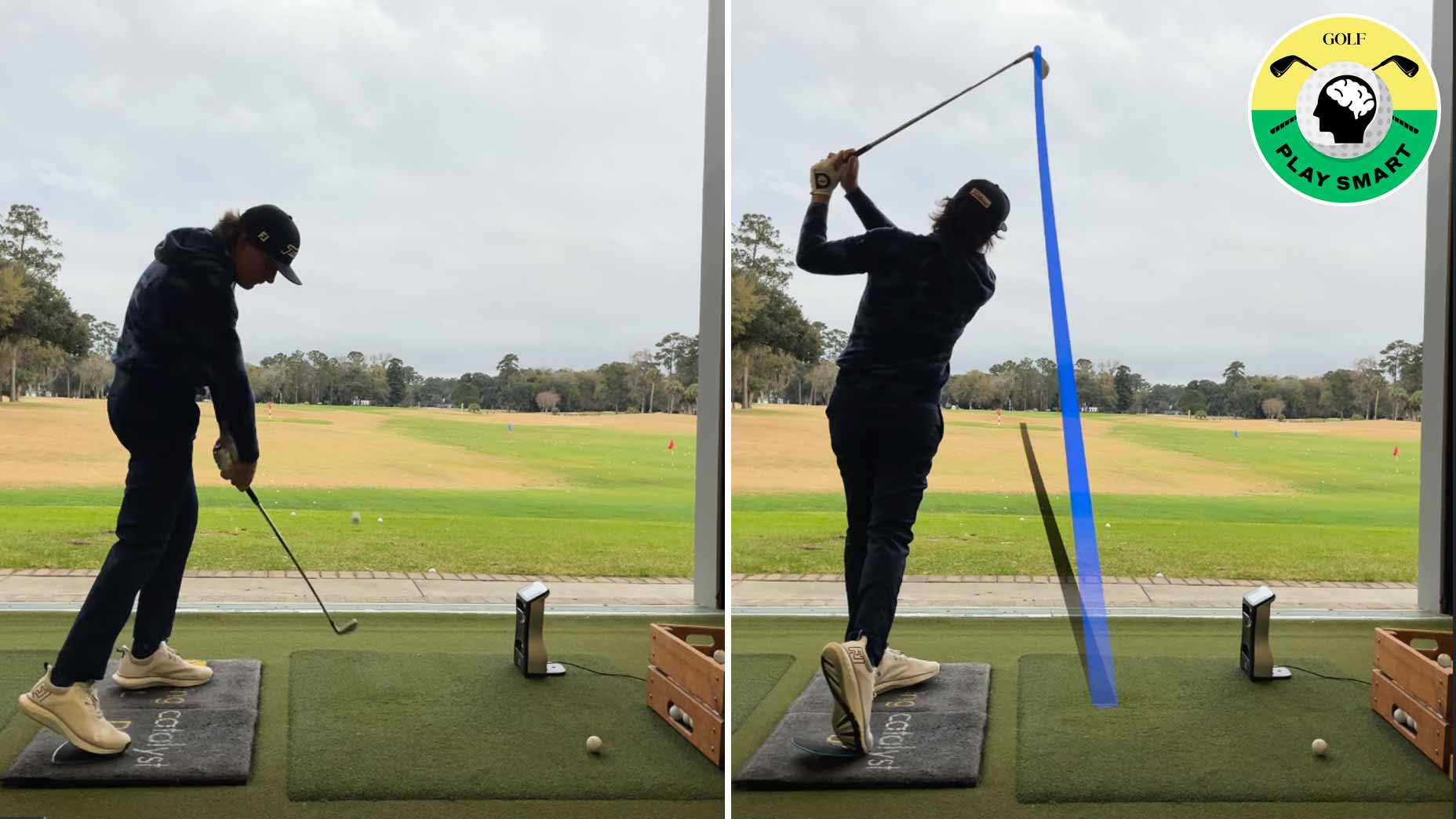Every golfer has some sort of swing flaw that causes them to hit inconsistent shots. The difference between OK players and really good ones, though, is that the latter knows how to correct the problems faster, allowing them to rediscover their solid ball-striking tendencies.
But for a mid-handicapper like me, it can be a struggle to both identify and correct any common swing flaws.
My golf swing sequence is out of whack. Here’s how I’m fixing itBy: Nick Dimengo
After spending the past few days in Florida on a golf trip, one thing I noticed about my swing was something simple: The better my tempo, the better my shot results are, since this allows my sequencing to be where it needs to be to avoid all sorts of issues.
I have the tendency of getting my chest out in front, which dips my head and can lead the club to bottoming out. It’s why my miss is usually a fat one (or a chunk).
So what’s an easy way to clean this up? GOLF Teacher to Watch Devan Bonebrake says it’s a combination of tempo and release, and shares a tip in the video below to help build better consistency. Check it out!
Correct your release to improve your ball-striking
“This is something I see with a lot of my students,” Bonebrake begins the video. “Coming into impact, their upper body takes over, they get very forward, and the club never quite catches up, so the chest is just as much, if not more, around than the clubhead [after impact].”
When a player does this, it can cause a number of issues that lead to bad ball-striking — from a lack of clubface control to weight-transferring issues.
But Bonebrake gives a quick and easy solution to stop doing this.
“I want you to feel like the trail foot stays down, the club speeds up, and the chest stays facing the ball a lot longer — almost like the clubhead has traveled a much further distance than the chest has,” he instructs.
After getting a feel for the right way to rotate through, Bonebrake says to just casually swing the club back and forth, feeling it release and ensuring you’re rotating and not dipping the chest.
“So you can just practice some swings where you go back [in the backswing], and through, then back and through again before setting up to the ball,” he adds. “Having my chest slow down a little bit into impact is going to make it a lot easier to let that club catch up and swing through, creating more of a full feel release and a transfer of energy.”












